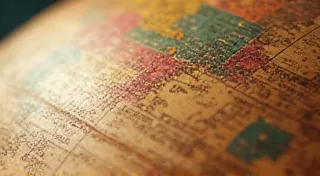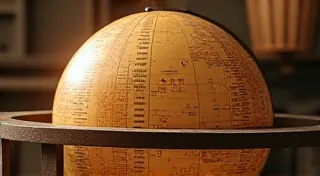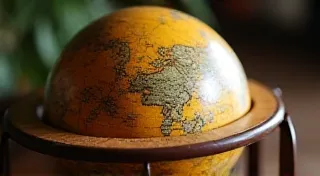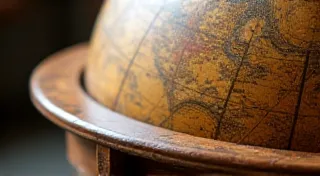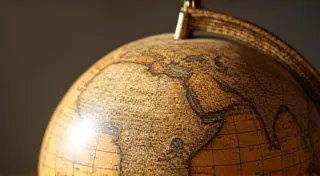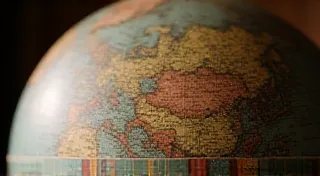The Influence of Exploration on Antique Globe Cartography
Antique globes are more than beautiful objects; they are tangible records of humanity’s evolving understanding of the world. Their accuracy, or lack thereof, is intrinsically linked to the age of exploration and the relentless pursuit of new lands and sea routes. Before the advent of satellite imagery and sophisticated mapping technology, cartographers relied on the reports of explorers, navigators, and traders – a process fraught with inaccuracies, speculation, and often, deliberate misrepresentation. The construction of these beautiful artifacts was also a complex one, with unique considerations for the materials of antique globes, from the paper used for the map to the paint used for decoration.
Early Globe Cartography: A World of Conjecture
Early globes, dating back to the 16th and 17th centuries, are fascinating glimpses into a world still largely uncharted. For example, Martin Heidegger’s globe of 1580, and the famed Kremer globe which followed shortly thereafter, often depicted vast, unknown regions as "terra incognita" – literally, "unknown land." These areas were often filled with mythical creatures, fanciful landscapes, and the hopes and fears of the European powers eager to claim new territories. The limited information available meant that cartographers often relied on rumor, hearsay, and the extrapolations of previous maps, leading to wildly inaccurate representations. Often, the very paper used for these early globes was susceptible to damage and warping, a challenge that modern conservators grapple with even today when attempting stabilizing warped globe paper. It’s difficult to imagine recreating such a visually striking piece without a firm understanding of the original construction methods.
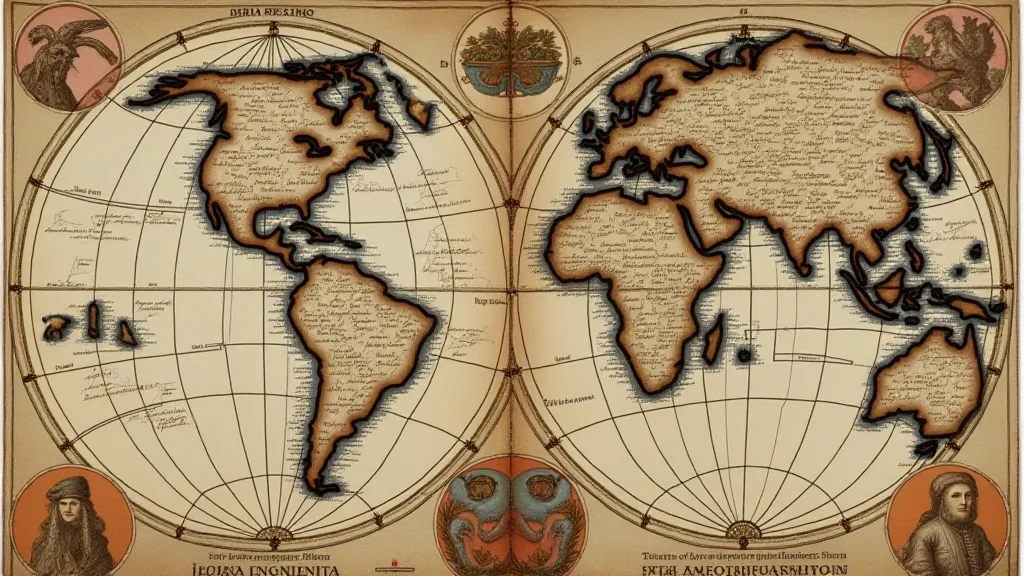
The Age of Discovery and its Impact
The voyages of Christopher Columbus, Ferdinand Magellan, and others dramatically reshaped the world's understanding of geography. While Columbus's voyages, for instance, didn't prove the existence of a westward route to the Indies as he believed, they spurred further exploration of the Americas. Magellan’s expedition, though tragically concluding with his death, completed the first circumnavigation of the Earth, providing crucial data for more accurate globe construction. Each new voyage brought back observations, measurements, and corrected assumptions, gradually refining the depictions on globes. The gradual refinement of these maps also placed significant strain on the physical structures of the globes themselves, and modern attempts to common globe damage are often attempts to reverse decades or centuries of stress.
However, the process wasn’t always straightforward. National pride and competition often played a role. Countries wanted to portray their own explorations as superior, leading to deliberate exaggerations and a subtle distortion of the true size and location of territories. The Dutch, for example, were renowned for their skillful cartographers, often producing globes with detailed and remarkably accurate depictions of their trading routes and colonial holdings. These depictions weren’t solely based on geographical accuracy; they were also powerful statements of national ambition. The very stands on which these globes rested were also subject to wear and tear, requiring careful attention and globe stand restoration to preserve their original beauty and functionality.
Specific Explorations and Their Globe Representations
Consider the impact of James Cook's voyages in the late 18th century. His meticulous charting of the Pacific Ocean, including New Zealand and the coasts of North America, resulted in significant improvements in the accuracy of globe representations. Similarly, the explorations of Captain Matthew Flinders, particularly his surveying of the Australian coastline, yielded far more precise data than had previously been available. These contributions weren’t instantly reflected on all globes – changes took time to propagate through the cartographic community – but their influence was undeniable. The impact of these expeditions highlighted the importance of skilled craftsmanship and a deep understanding of the delicate balance between artistry and scientific rigor.
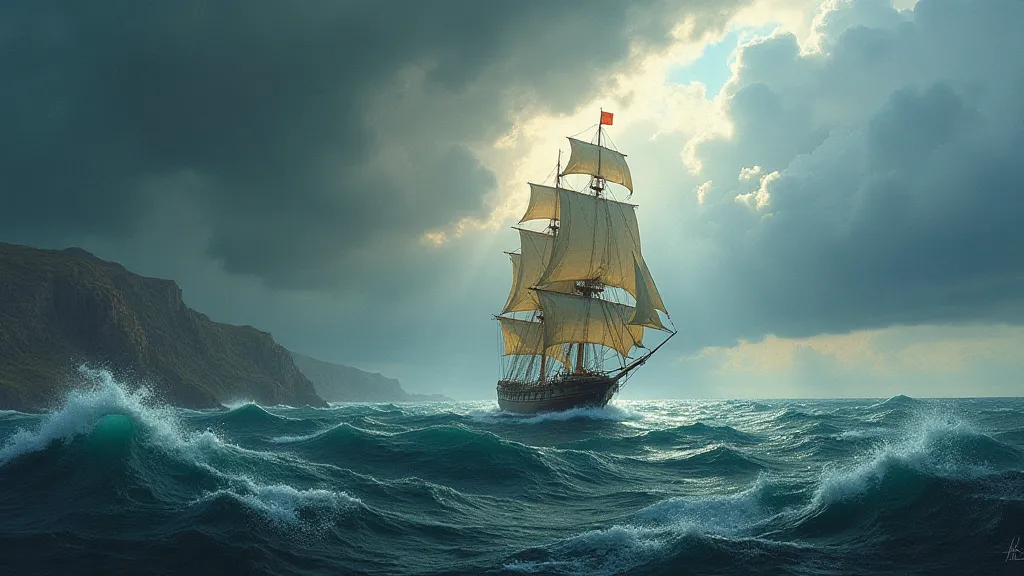
The Evolution of Cartographic Techniques
The 17th and 18th centuries witnessed a gradual shift in cartographic approaches. Initially, projections were often simplistic, designed more for aesthetic appeal than scientific accuracy. The Mercator projection, while widely used, notoriously distorted landmass sizes, especially near the poles. As mathematical understanding progressed, cartographers experimented with alternative projections attempting to minimize distortion in specific areas. This iterative process mirrored the advancement of navigational tools and the growing demand for more precise geographic representations. Even the materials used in the construction of globes began to evolve. Earlier globes were often made with fragile, less durable materials, contributing to their deterioration over time. Later globes incorporated more robust paper and improved printing techniques, enhancing their longevity and accuracy.
Shifting Depictions: From Speculation to Scientific Accuracy
As the 18th and 19th centuries progressed, a greater emphasis was placed on scientific accuracy in cartography. Meridian measurements improved, and triangulation techniques allowed for more precise geographic positioning. The gradual development of national mapping agencies, like the Ordnance Survey in Britain, further contributed to a more reliable data stream for globe makers. These agencies standardized surveying methods and provided a consistent source of data for cartographers, leading to a significant improvement in the accuracy of globe representations. Furthermore, advances in printing technology allowed for more detailed and intricate map designs, enhancing both the aesthetic appeal and the informational value of antique globes.
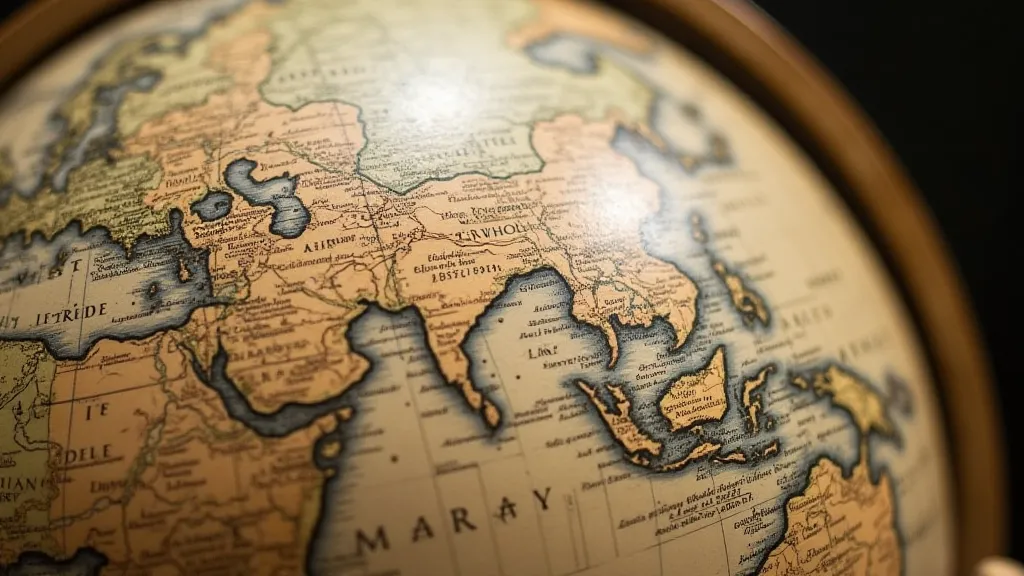
The Intersection of Art and Science
It's important to remember that antique globes were not purely scientific instruments; they were also works of art. Cartographers frequently incorporated decorative elements, such as elaborate borders, mythical creatures, and artistic renderings of landscapes. While these elements could sometimes detract from the scientific accuracy of a globe, they also contributed to its visual appeal and its status as a prized possession. The finest antique globes represent a harmonious blend of scientific rigor and artistic creativity, reflecting the cultural values and intellectual pursuits of their time. The challenge for conservators working with these artifacts lies in preserving both the scientific and artistic elements of the globe, ensuring that its historical significance is fully appreciated.
Preserving a History of Discovery
Antique globes, therefore, are not just decorative objects; they are historical documents. They offer a fascinating window into the evolving understanding of our planet, reflecting the spirit of exploration, the rivalries of nations, and the gradual triumph of scientific knowledge over speculation. Examining these artifacts allows us to appreciate the courage and skill of the explorers and cartographers who shaped our perception of the world. Their construction, the materials used, and the damage they’s sustained over time all contribute to their unique historical and cultural significance. Understanding the materials of antique globes is fundamental to their conservation and appreciation.
From the earliest depictions of "terra incognita" to the meticulously surveyed coastlines of the 19th century, each antique globe tells a story of human curiosity, ambition, and ingenuity. These remarkable artifacts serve as a powerful reminder of our ongoing quest to understand and map the world around us, a journey that continues to shape our lives and our understanding of our place in the universe. The legacy of these explorers and cartographers lives on in the antique globes they inspired, providing a tangible link to a bygone era of discovery and innovation.
